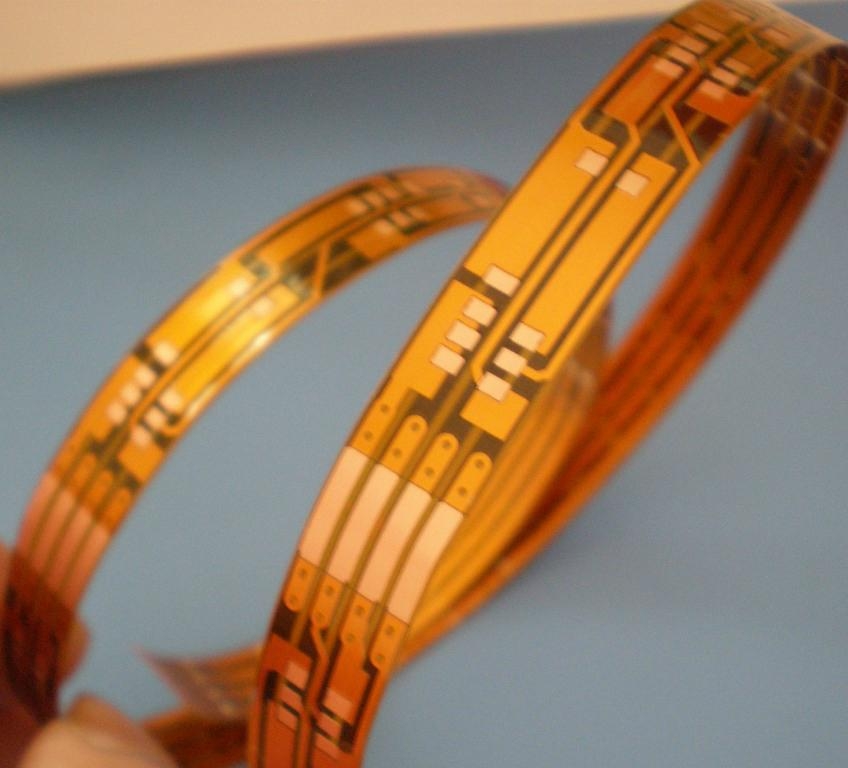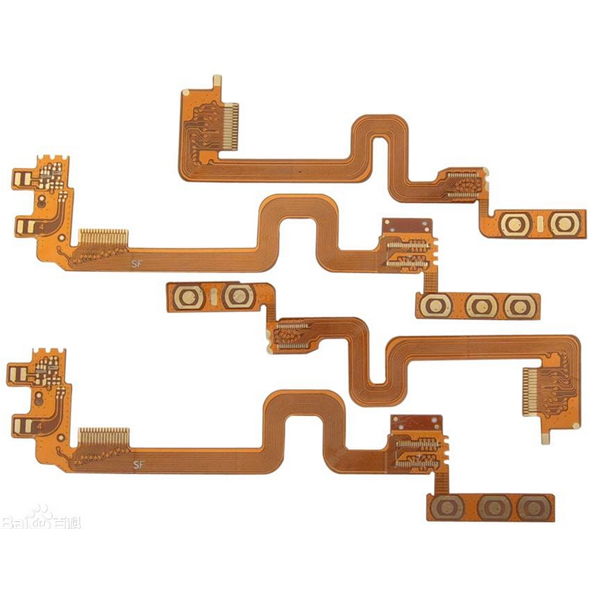How Flexible PCBs Enhance Product Durability?
Flexible PCBs (Printed Circuit Boards) are increasingly favored in various industries due to their ability to enhance product durability, particularly in applications requiring robust and reliable electronics. These flexible circuits are not only lightweight and compact but also offer superior durability compared to traditional rigid PCBs. This article explores how flexible PCBs contribute to the longevity and resilience of electronic devices.
1. Increased Resistance to Physical Stress
Flexible pcbs are designed to bend, fold, and twist, which allows them to absorb mechanical stress without cracking or breaking. Unlike rigid PCBs, which can be easily damaged under physical pressure, flexible PCBs can withstand significant movement and vibrations. This characteristic makes them ideal for use in products exposed to frequent motion or harsh environments, such as wearable devices, automotive electronics, and industrial machinery.

2. Enhanced Reliability in Dynamic Applications
In applications where electronics are subject to continuous movement or repetitive stress, such as in robotics or portable devices, the flexibility of these PCBs ensures that the circuits remain intact and operational. The ability to flex and conform to different shapes without compromising electrical performance leads to longer-lasting products that can endure challenging conditions.
3. Improved Thermal Management
Flexible PCBs often incorporate materials that have better thermal conductivity than those used in traditional rigid boards. This helps in efficiently dissipating heat generated by electronic components, which in turn reduces the likelihood of thermal-related failures. Effective heat management is crucial for maintaining the longevity of electronic devices, particularly in high-performance or high-temperature environments.
4. Resistance to Environmental Factors
The materials used in flexible PCBs, such as polyimide, are resistant to moisture, chemicals, and extreme temperatures. This makes them suitable for outdoor applications or environments where exposure to harsh elements is inevitable. The durability of flexible PCBs under these conditions ensures that the electronics remain functional and reliable over time, even in demanding settings.
5. Reduced Risk of Connection Failures
In traditional rigid PCBs, solder joints and connectors are common points of failure due to mechanical stress or thermal expansion. Flexible PCBs, however, reduce the need for multiple connections by integrating various circuits onto a single, continuous substrate. This minimizes the risk of connection failures, leading to more reliable and durable products.

6. Compact and Lightweight Design
The lightweight and compact nature of flexible PCBs allows for the design of smaller, more portable devices without sacrificing durability. The reduction in size and weight can also contribute to the overall robustness of the product, as there is less strain on the structural components.
Conclusion
Flexible PCBs significantly enhance the durability of electronic products through their resistance to physical stress, improved thermal management, and environmental resilience. By incorporating flexible PCBs into their designs, manufacturers can create more reliable, long-lasting devices that perform consistently, even under challenging conditions. As technology continues to advance, the use of flexible PCBs will likely become even more widespread, further pushing the boundaries of what is possible in durable electronic design.
Send PCB Files to Sales@ucreatepcba.com, We Will Quote You Very Soon!
Request PCB Manufacturing & Assemble Quote Now



